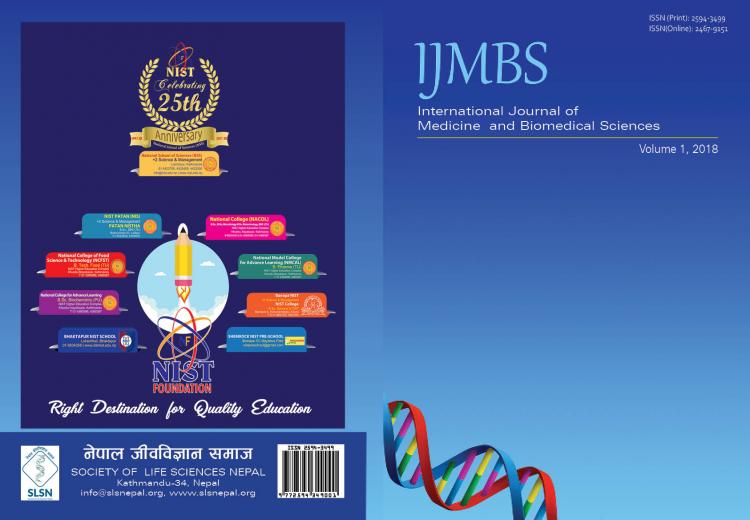Antimicrobial Resistance: Scoping Review Article.
DOI:
https://doi.org/10.55530/ijmbiosnepal.v2i4.31Keywords:
antibiotics, Antimicrobial resistance, NepalAbstract
Antimicrobial resistance is natural phenomenon that occurs when microorganisms are exposed to antibiotic drugs. Under the selective pressure of antibiotics, susceptible bacteria are killed or inhibited, while bacteria that are naturally (or intrinsically) resistant or that have acquired antibiotic-resistant traits have a greater chance to survive and multiply. Many alarming facts regarding antimicrobial resistance have accumulated, particularly over the last few years some of which includes an increase in global resistance rates in many bacterial species responsible for both community- and healthcare-related infections, emergence and dissemination of new mechanisms of resistance, rapid increase in multi-resistance, propensity to use last line therapy to treat nosocomial and community acquired infections, reuse of old drugs with poor efficacy profile and uncertain pharmacokinetics/pharmacodynamics characteristics due to lack of alternative drugs, high morbidity and mortality attributable to multi-resistant bacteria in critically ill patients and serious financial consequences of bacterial resistance. Various steps that health care practitioners and facilities can pursue to reduce antibiotic resistance such as adopting an antibiotic stewardship program, improving diagnosis, tracking and prescribing practices, optimizing therapeutic regimens and preventing infection transmission.
Downloads
Published
How to Cite
Issue
Section
License
Copyright (c) 2017 International Journal of Medicine and Biomedical SciencesIJMBioS follows the following Terms and License of the manuscript under Attribution-NonCommercial 4.0 International (CC BY-NC 4.0) where Author and Journal are can Share — copy and redistribute the material in any medium or format and Adapt — remix, transform, and build upon the material, and it is Non-Commercial.





